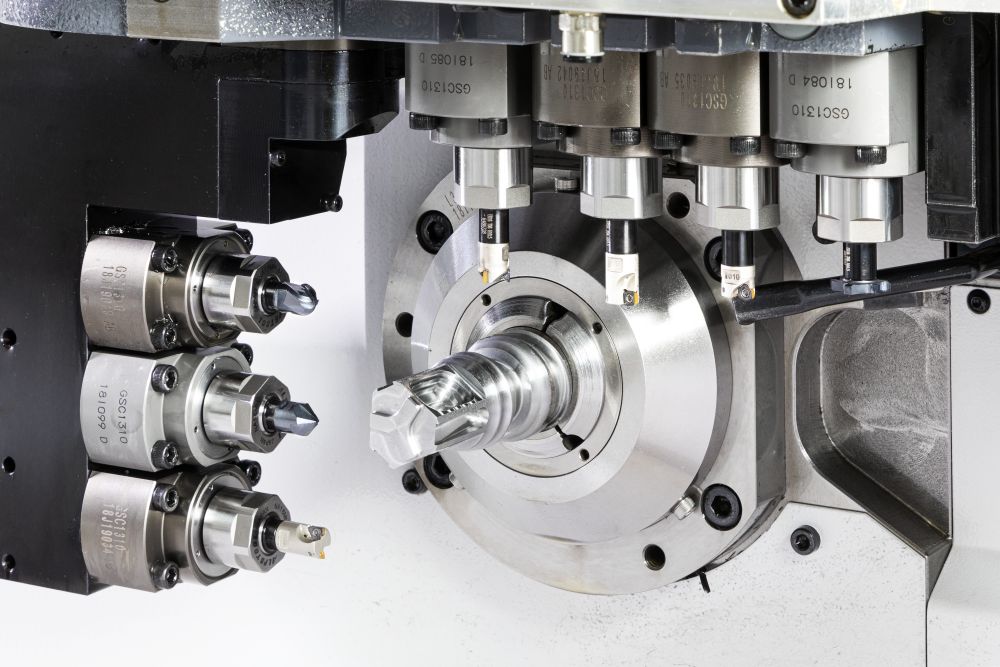CNC machines can achieve very high levels of accuracy in order to create high precision components. However, running these machines to the maximum level of accuracy is expensive and time consuming, so isn’t always an economical solution.
So, is it time to relax?
Relaxing tolerances to standard tolerances of the machine allows them to run at a more optimum and economical levels; so in turn can decrease cycle times and increase profitability. We understand that sometimes there is a need for tight tolerances to suit the product application; but could this be reduced to reduce the overall production time and costs?
What are tolerances?
First, let’s start off by talking about what tolerances are and what they are used for.
A component drawing will contain general key dimensions for the part, and also a tolerance on what the minimum and maximum value can be for this particular dimension. These variations from the dimensions on the drawing inform us, or any other manufacturer, of the degree of precision required in making the part.
Tolerances can be shown on the drawings in different ways:

When do you need tight tolerances?
One reason for having tight tolerances is to control assembly of multiple sub-component parts. If you have one part with a series of holes; and these are assembled with multiple spindles, you need to make sure that the holes and spindles match in size and shape to fit together correctly.
Tight Tolerances come at a cost
Tolerances not only directly impact the quality and precision of a part, but they also greatly influence the cost. As often said, time is money; and higher quality takes more time so comes at a cost.
- Increased machine setup times
- Tighter tolerances take more care in setting up so increases the labour time and associated costs
- Increased cycle times due to slower machining speeds
- Quality control
- More dimensional checks required
- Specialist gauges or inspection equipment may be required
- Failure rate and scrappages
- Trial and Error when setting the machine could lead to initial scrapping of parts and material
- Replacing parts which are defective at the quality control stage adds more cost
- Tool changes
- For example, a new milling tool may be able to achieve a tolerance of ±0.025 as standard; but after continuous use this precision can become less consistent.
Finding the right tolerance for your part
Picking a tolerance is the easy part, but knowing it is the correct tolerance for the part is more complex. At the design stage, it is important to think of how much leeway can be allowed so, looking at similar products in your portfolio which serve similar functions, can help in this process.
Also, consider how the part itself will be used. If the component is made to fit a certain hole or thread, you might want a tighter tolerance to ensure that the part fits the mating parts every time.
If in Doubt, ask!
Although we don’t design parts ourselves, we have been supplying and manufacturing machined parts for over 30 years so have experience in machining to tight tolerances.
Our quality control team can take a look at your drawing or any prototypes and suggest on how we would manufacture these to suit your requirements.

